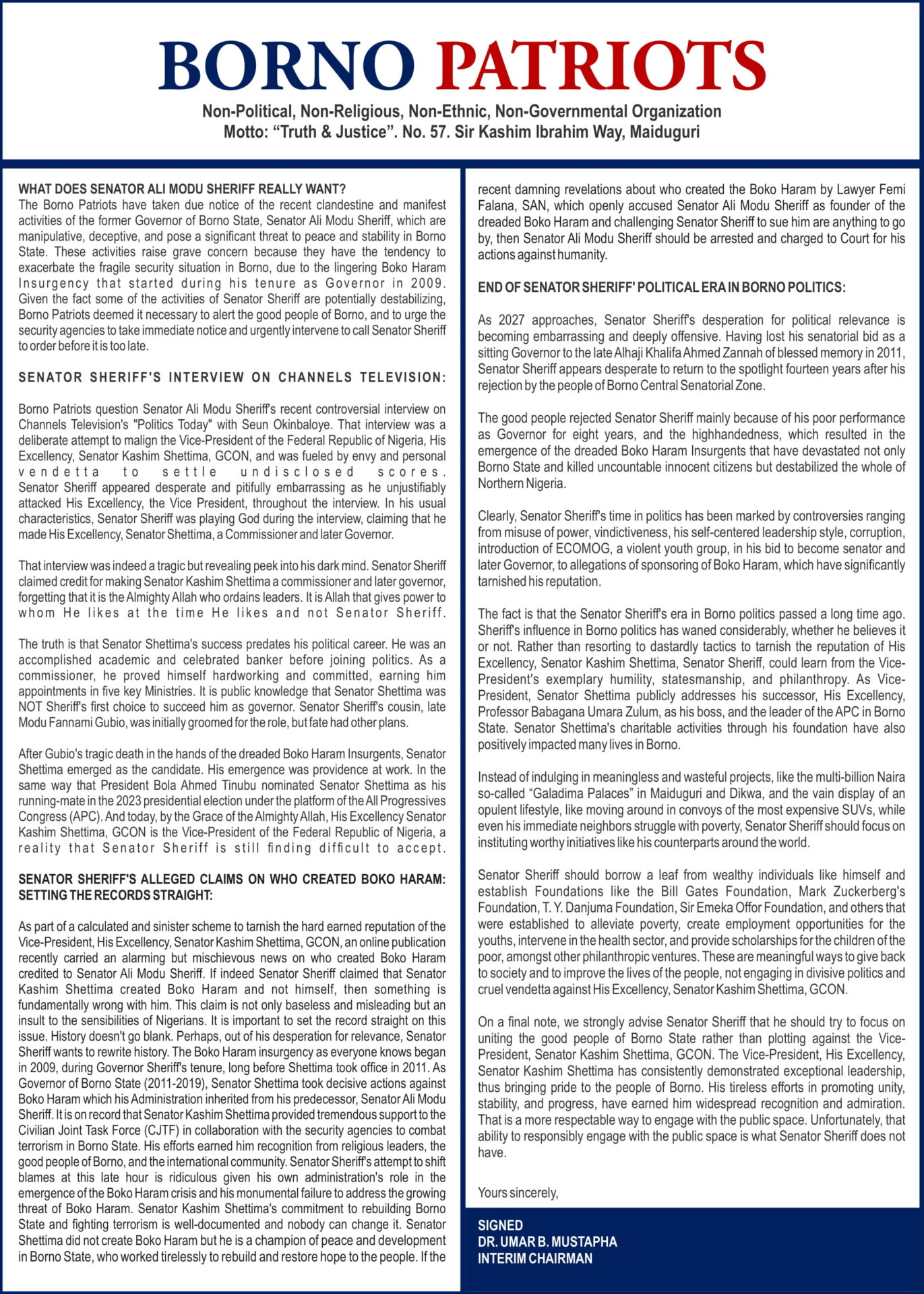AT least 236 people have lost their lives and hundreds of thousands displaced as devastating floods swept through 27 states and the Federal Capital Territory (FCT) in what is now being described as one of Nigeria’s worst humanitarian crises in recent years.
The grim figure was contained in the latest 2025 Flood Dashboard released by the National Emergency Management Agency (NEMA) seen by News Point Nigeria, which paints a dire picture of the scale of destruction across the country.
According to the report, 409,714 Nigerians have been affected across 117 Local Government Areas (LGAs), with massive destruction to homes, farmlands, and livelihoods.
NEMA said Niger State remains the epicentre of the tragedy, recording 163 deaths, the highest in the country. It was followed by Adamawa State with 59 deaths, Taraba (5), Sokoto (3), Jigawa (2), Yobe (2), and Gombe and Borno, which each recorded one death.
The agency’s data further revealed that 135,764 persons were displaced, 115 declared missing, and 826 injured in the floods. At least 47,708 houses were damaged, while 62,653 farmlands were completely destroyed — raising fears of potential food insecurity in the coming months.
The human impact is equally staggering:
188,118 children,
125,307 women,
77,423 men,
18,866 elderly persons, and
2,418 persons with disabilities were among those severely affected.
The report provided a detailed breakdown of states most affected:
Adamawa: 60,608 affected, 23,077 displaced.
Lagos: 57,951 affected, 3,680 displaced.
Akwa Ibom: 46,233 affected, 40,140 displaced.
Taraba: 28,107 affected, 4,465 displaced.
Imo: 26,041 affected, 13,254 displaced.
Kaduna: 24,240 affected, 1,237 displaced.
Rivers: 22,345 affected, 9,645 displaced.
Abia: 11,907 affected, 4,896 displaced.
Edo: 18,373 affected, 7,681 displaced.
Kebbi: 16,918 affected, 5,718 displaced.
Sokoto: 15,675 affected, 4,566 displaced.
Other affected states include the FCT, Anambra, Bayelsa, Borno, Gombe, Jigawa, Kano, Kogi, Kwara, Niger, and Ondo, among others.
NEMA said it is working closely with state governments, security agencies, and humanitarian partners to provide relief materials and coordinate emergency response in flood-prone communities.
“Our teams are on the ground in affected areas to provide life-saving support and coordinate evacuations where necessary,” a NEMA official confirmed. “The agency remains committed to ensuring no Nigerian is left behind in this tragedy.”
The floods, triggered by prolonged heavy rainfall, poor drainage infrastructure, and river overflows, have ravaged farmlands and submerged critical infrastructure, including schools, roads, and health centres.
Meanwhile, NEMA urged residents in flood-prone areas to heed evacuation warnings and relocate to designated safe shelters, stressing that humanitarian agencies are working tirelessly to deliver food, medical aid, and temporary accommodation to affected families.
“The situation remains serious, but we are scaling up response operations nationwide,” the agency said, adding that more updates will follow as data from field teams continue to arrive.







